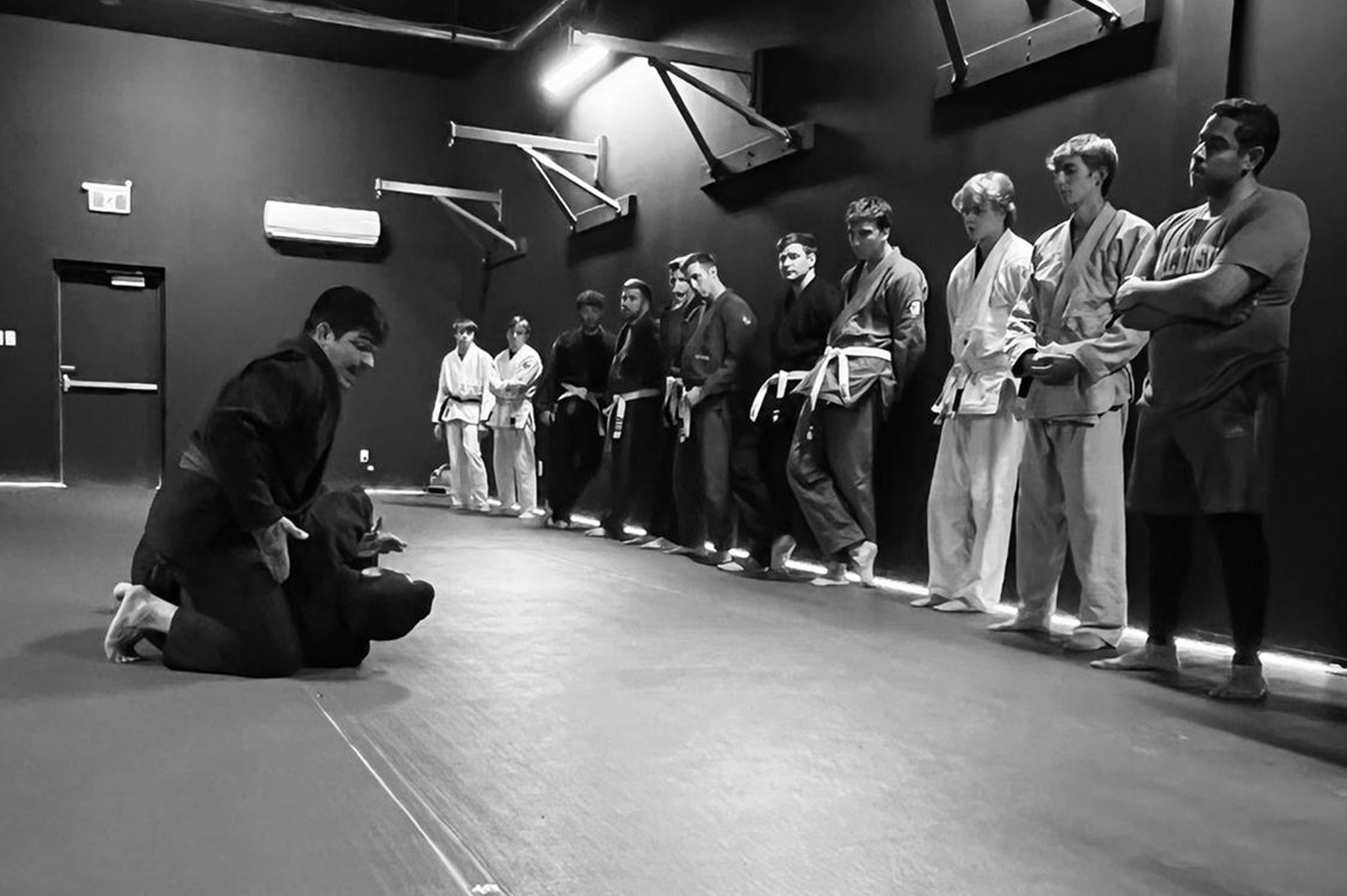In a typical altercation, the image that comes to mind involves two individuals engaged in a chaotic, instinctive brawl – punching, grappling, hair-pulling, grabbing clothing, and often stumbling or falling to the ground. This scenario is characterized by a lack of distance control and is driven by pure instinct.
However, Brazilian Jiu-Jitsu (BJJ) differs from this cliché altercation. While BJJ is primarily known as a grappling martial art, it encompasses a wide range of techniques and strategies beyond just punches and kicks. In fact, BJJ practitioners learn techniques for defending against strikes, executing takedowns, managing the distance effectively, responding intelligently to dangerous situations, controlling positions, and applying submission holds like chokes and joint locks.
The absence of punches and kicks in BJJ is deliberate. BJJ prioritizes closing the distance between opponents to minimize the risk of a knockout. It also emphasizes the development of mental composure in stressful situations. A key principle in BJJ is to avoid letting emotions take over and to remain calm, enabling clear, rational decision-making when confronted with a challenging situation.
Here are some key concepts that Jiu-Jitsu practitioners should keep in mind during a fight:
- Distance Management: BJJ focuses on two options for controlling the distance between fighters. You can either stay out of the range of punches and kicks or get so close to your opponent that strikes become less effective. Being out of striking range can provide an opportunity to verbally negotiate and potentially avoid the fight altogether.
- 50/50% Situations: These situations occur when both fighters have equal opportunities and chances, whether they’re standing or on the ground. BJJ practitioners are trained to navigate these situations effectively.
- Advantage and Disadvantage Body Positions: Even if one fighter has a better body position or grip, BJJ emphasizes that it’s still manageable. Good reactions and techniques are essential to either advance your position or counter your opponent’s moves.
- Point of Connection: This refers to any attachment or link between two fighters that influences their movements or restricts certain actions. Understanding and exploiting points of connection can be a strategic advantage in BJJ.
- Controlling or Pin Positions: BJJ practitioners use various techniques to leverage the ground and body positions to limit their opponent’s movements and create openings for submission holds.
- Submission Holds: BJJ includes a wide array of techniques such as joint locks and chokes. These moves threaten the safety of the opponent and are used to gain control or force a submission.
In essence, BJJ is about more than just physical techniques; it’s a martial art that requires mental composure, strategic thinking, and precise execution of techniques to effectively manage a fight. By prioritizing distance control and developing composure during high-stress situations, BJJ practitioners aim to make rational decisions and navigate fights with efficiency and intelligence.

